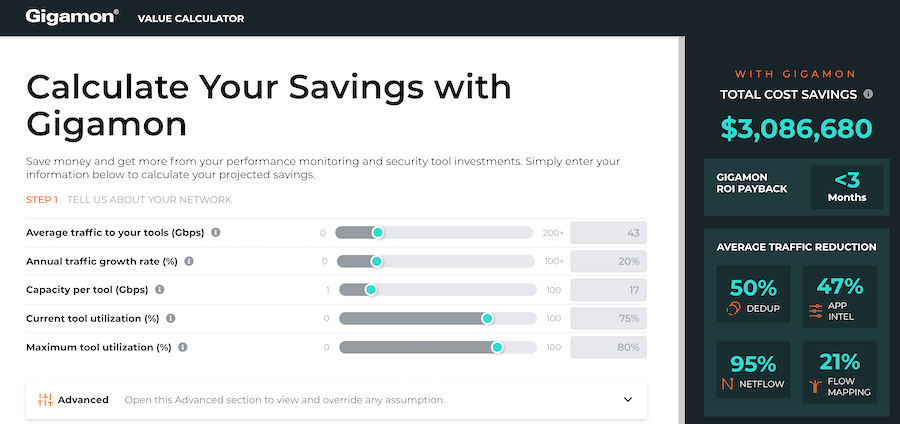Cybersecurity
Network Firewall: Still need or not?
Network firewall security dates back to the 1990s. If you’re like us, that makes you feel a little…well…old. At Cadre, we cut our security teeth in the network firewall business, but now we offer so much more to keep up with the changing threat landscape.
While we’ve moved on to Zero Trust, role-based access control, privilege access management, Cloud Access Security Brokers (CASB), and more, it begs the question – is the firewall still applicable in today’s environment?
The short answer is yes.
Why you still need a firewall
Modern firewalls, compared to the ones that debuted decades ago, are more agile, capable, and powerful. Next-generation firewalls (NGFWs) include modern networking capabilities and all of the security controls found in Unified Threat Management, as well as HTTPS inspection, user control, application-level filtering, and sandboxing.
Expanded work from home policies, cloud computing, virtualization, and mobilization have cemented that these features are more important than ever before to protect the perimeter wherever it may be. Now, instead of protecting the internal network, we need to embrace firewalling as a strategy to ensure consistent security controls across a combination of physical networks, SD-WANs, and cloud-based solutions.
Even as the great cloud migration continues and workforces become more distributed, relying on cloud security tools to completely replace the features and functionality of next-generation firewalls (NGFW) is a risky move. Cloud security tools can protect fully hosted assets, but do not necessarily address networking in the cloud, or the interaction with systems and endpoints in the real world. By also using firewall solutions, you can extend the reach across your full network to handle the multitude of devices used today.
Does your firewall need an upgrade?
Now that we’ve settled it once and for all that organizations will benefit from a firewall, it’s important to consider which firewall provides the most protection. If you haven’t replaced your firewall in three to four years, it is definitely time for a refresh.
Older firewalls aren’t up to snuff for handling the sophisticated attacks that we’re witnessing today. Without NGFW features like HTTPS inspection, intrusion prevention, or advanced threat protection, organizations with legacy firewalls are essentially allowing even unsophisticated attacks to enter their networks.
2021 was a breakout year for ransomware alone, doubling in frequency, according to the Verizon Data Breach Investigations Report. And the losses from these attacks ranged from as low at $70 to a high of $1.2 million. A new firewall will cost you a fraction of the cost of a potential breach if you leave your organization open to attack with an under-powered firewall.
The other problem with using older firewalls is that they probably aren’t supported anymore. Without crucial updates, your organization won’t be protected from the newest batch of attacks compared to newer firewalls that have been updated with the latest defensive data and tools.
Cadre’s still got it
While firewalls are no longer the sole security focus at Cadre anymore, we can confidently say that no matter the type of organization, everyone can benefit from an NGFW. As a company that prides itself on making individualized recommendations, this feels a bit out of character. But the fact remains, firewalls haven’t lost their relevance, and remain an essential element of almost everyone’s security strategy.
Want more insight on the latest security news? Sign up for our daily IT security newsletter. It delivers the top security headlines straight to your inbox.



